From the outset, Werner Stampfli (Head of the Fire Service Inspectorate for both Basel cantons) was a member of the Didactics and Development Team of the International Fire Academy. He was our studio guest at our 14th Online Forum and was interviewed by Christian Brauner. Among other things, the discussion centred on the current status of fire services in relation to tunnel operations.
Have tunnel operations become routine?
More than a quarter of a century has passed since the fires in the Mont Blanc and Tauern tunnels in 1999. The operational procedures developed since then, along with many years of training, are proving effective. But for Werner Stampfli, tunnel operations are still far from routine. Discussion with Christian Brauner, Werner Stampfli and Urs Kummer at the 14th Online Forum of the International Fire Academy
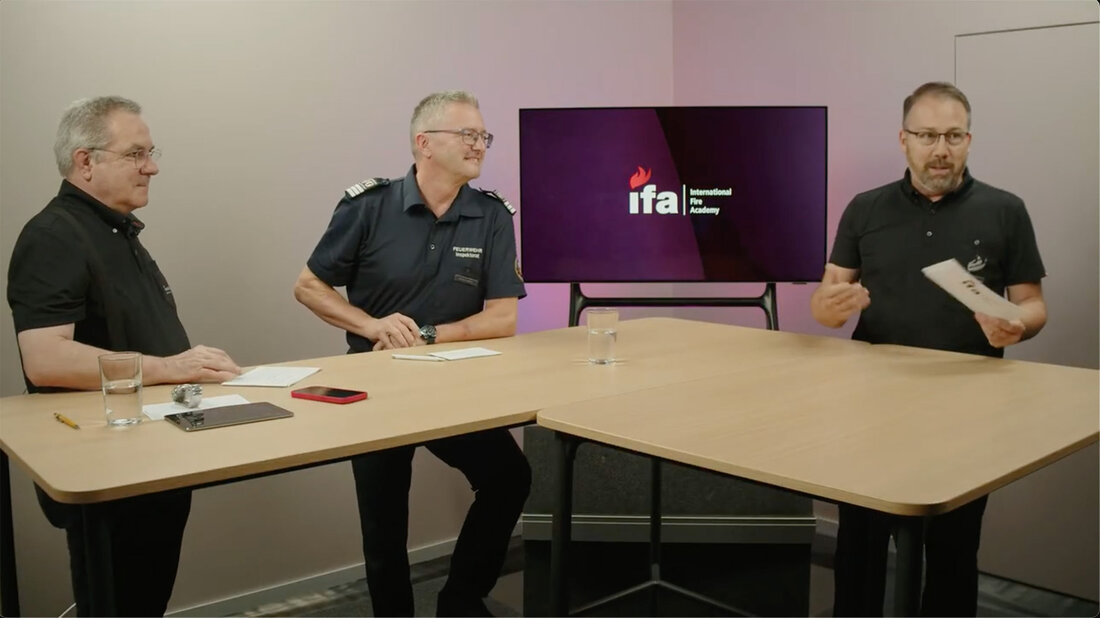
His observation: «Tunnel operations in our country and those carried out by colleagues from Germany, Austria, etc., who were here for training, are definitely more structured and standardised.» This training also promotes cooperation between fire services from different (language) regions: «The way we work has become very synchronised over the last ten years or so.» In his view, the standard procedures taught have proven their worth. However, Werner Stampfli also sees a need for development.Werner Stampfli explains to Christian Brauner where he sees a need for development of fire services.
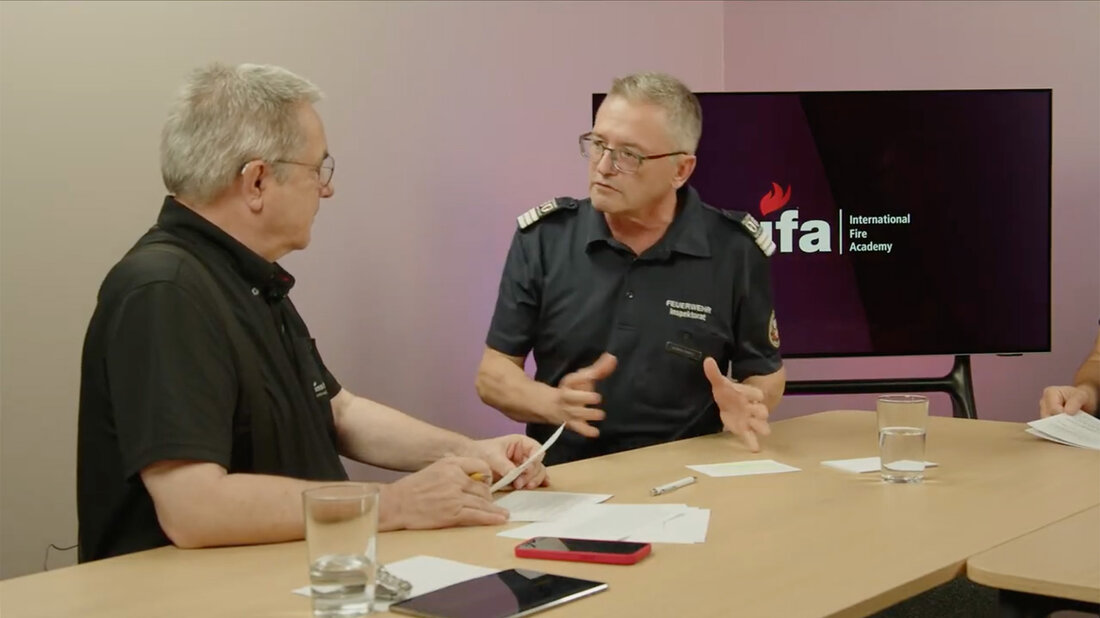
From passive to active tactics with Plan B
«I believe we are still unable to think sufficiently ahead and too often act reactively.» He cites the use of large mobile fans as an example of the difference between passive, reactive and active tactics. Anyone who only requests the large mobile fan when needed during tunnel operations is responding to the situation with a passive tactic. Das kostet Zeit. He prefers to have the tactical equipment on site and to include an existing large mobile fan directly in the initial deployment. With this active tactic, a response is ready without delay to a possible airflow disruption or, for example, an airflow reversal.
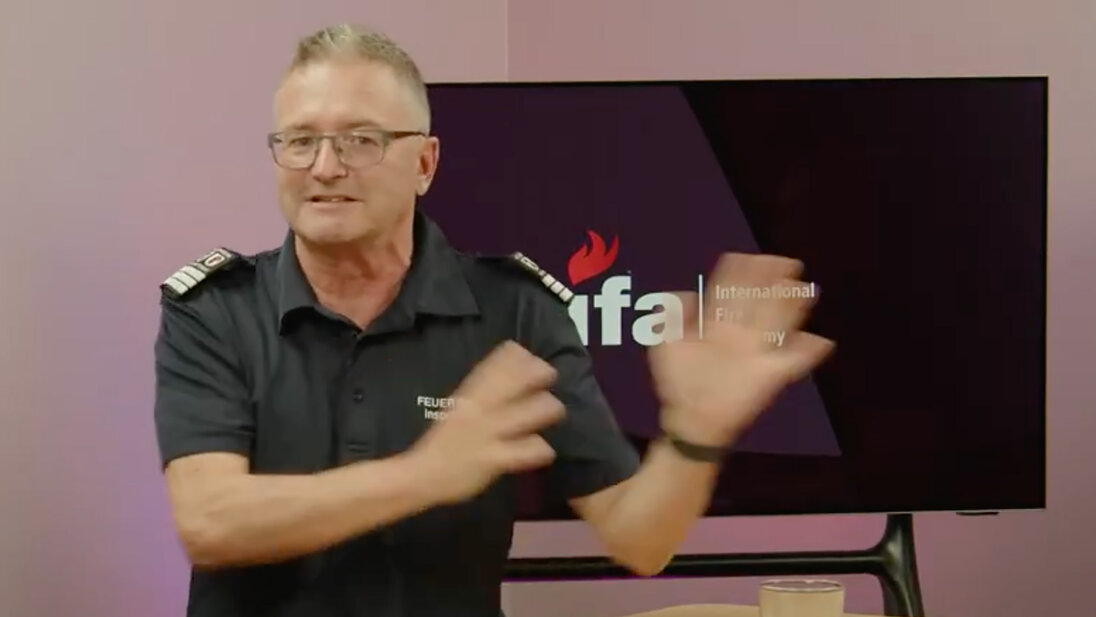
«We rarely need to use the large mobile fan, but we have successfully protected the operation site with it on several occasions by blowing or sucking away smoke.» His concern is that fire service officers need a plan B before plan A fails. That is why Werner Stampfli stands by his recommendation for a Plan B – and also teaches this approach as an instructor in the officer courses at the International Fire Academy.
Who has incident command?
When asked how incident command is regulated in Switzerland in the event of tunnel incidents, Werner Stampfli points to differing opinions and practices. Some of those responsible for tunnel operations have clearly defined who has incident command. Stampfli takes a critical view of this: «I believe that whoever encounters the better conditions and, for example, has no smoke, should start the operation immediately and also take command of the operation. ‹Extinguish in order to rescue› is the principle - do not wait until the persons or fire services defined to be incident command in the operational plan finally arrive.Werner Stampfli explains how fire services in Switzerland coordinate incident command during tunnel incidents.
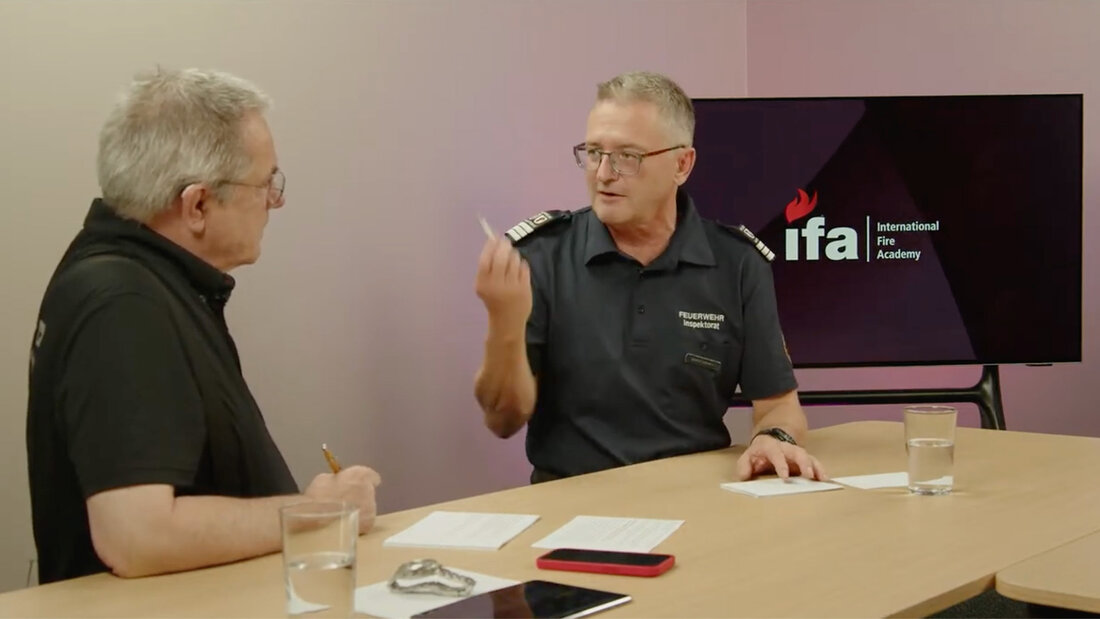
Three concepts for strengthening daily availability
It is not only during tunnel operations, which require a great deal of personnel, that the daily availability of sufficient numbers of firefighters within a reasonable time frame is a problem for volunteer fire services, respectively, Swiss militia fire services. In an interview with Christian Brauner, Werner Stampfli presented three concepts for improving daytime availability.
The first approach is to maintain a full-time crew during the day, which involves setting up regional hub fire stations. These crews ensure that initial deployment is possible during the day.
- A second approach is the so-called ‹day militia›. It refers to firefighters who take turns coming to the station on one or more days a week to do remote office work for their employer or company, for example. In the event of an alarm, they are immediately ready to respond, much like professional firefighters. So-called co-working spaces at the station have already proven their worth in our region.
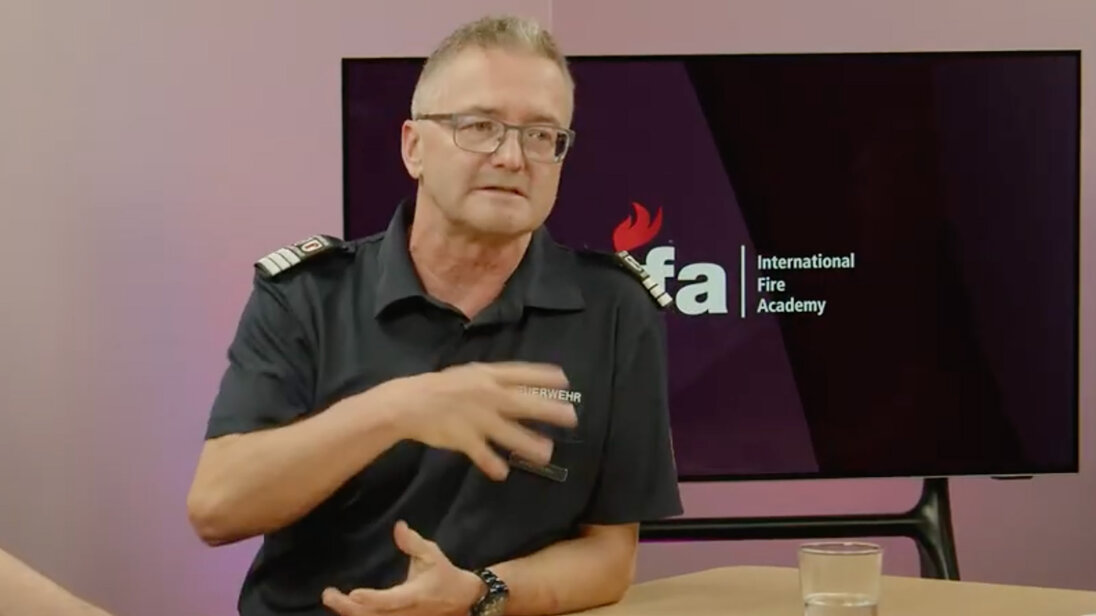
As a third concept, which has been in practice for some time, Werner Stampfli presented the possibility of fulfilling compulsory fire service duties at the workplace. For firefighters who live in smaller towns and work closer to the city, this also allows them to gain more operational experience, which in turn benefits their own fire service.
When asked about the costs of these three concepts, Werner Stampfli referred to the aim of the measures: «From the outset, the idea was not primarily to save money, but to become more efficient.»
Command still requires the courage to make decisions
In his closing remarks, Werner Stampfli expressed his desire for command to be carried out by people «who lead and make decisions, rather than replacing decision-making with digital workflows». His position: «We can use tools, but we have to stand up and make decisions, even though we don't know everything.» The fire service is measured solely by the success of its operations. All emergency services personnel should keep an eye on the success of the operation and avoid being distracted by excessive technology.


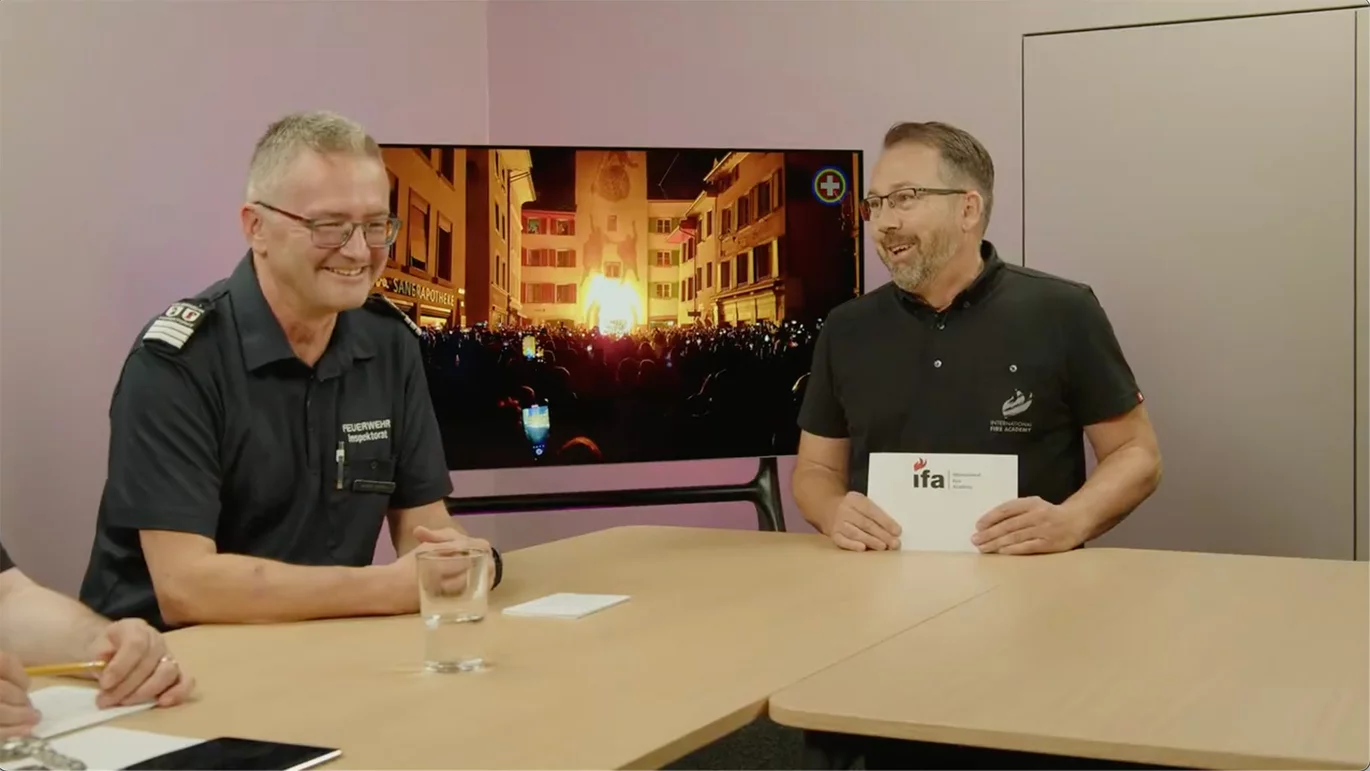
![[Translate to English:] Stabsraum [Translate to English:] Stabsraum für den Lötschberg-Basistunnel mit Besprechungstisch und Funktionswesten über den Stuhllehnen](/fileadmin/user_upload/IFA/Bilder/7_MAG/ifa_MAG_418_Pilot67.jpg)
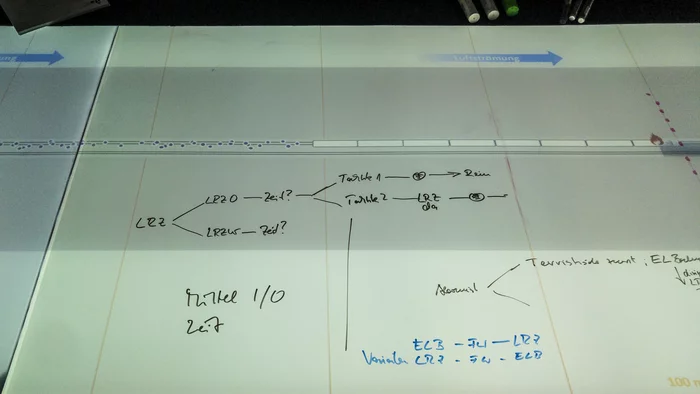
![[Translate to English:] [Translate to English:]](/fileadmin/_processed_/a/f/csm_ifa_MAG_088_Action_010_06f29aa26b.webp)